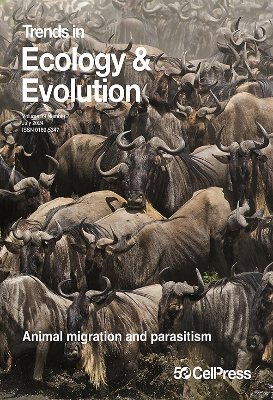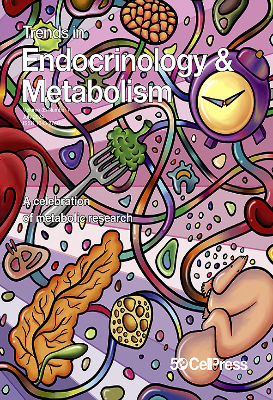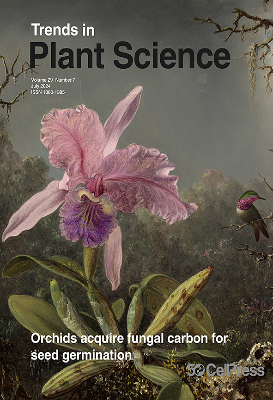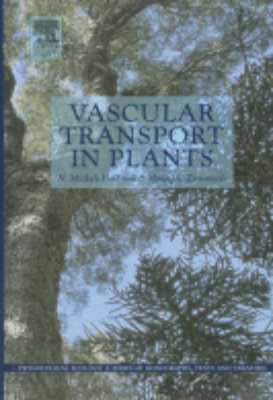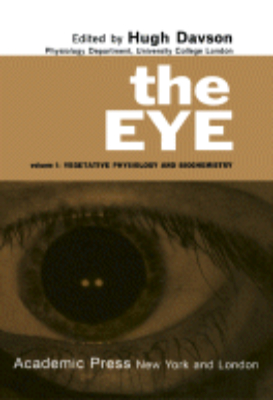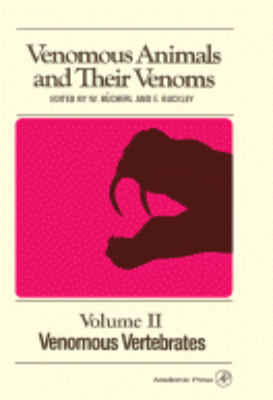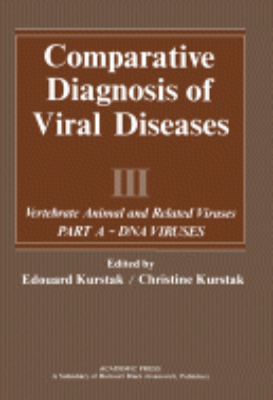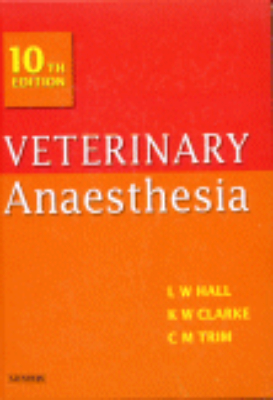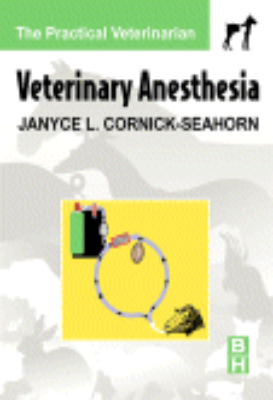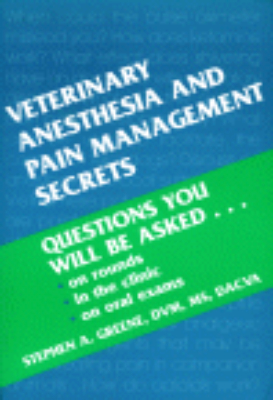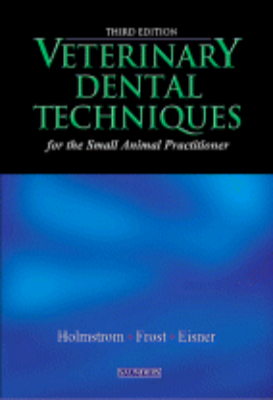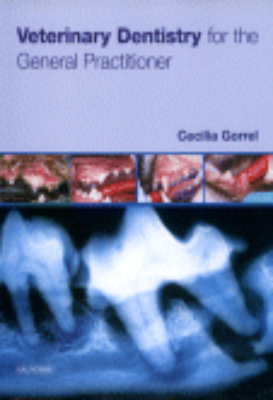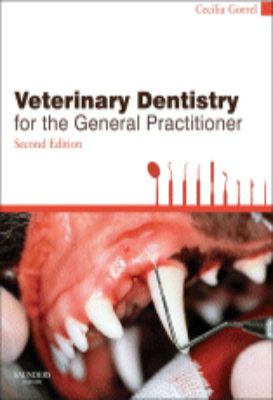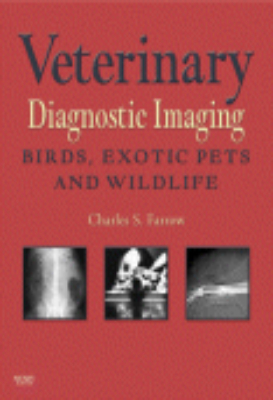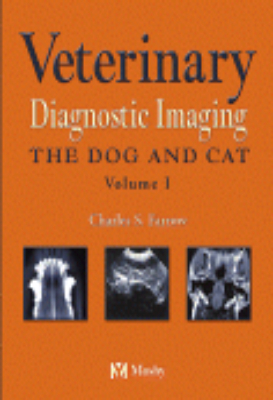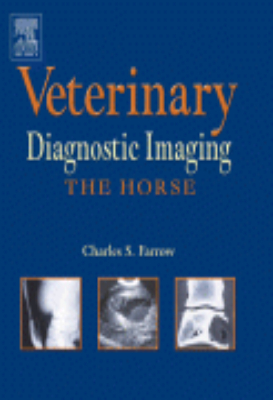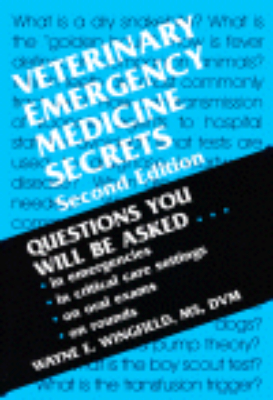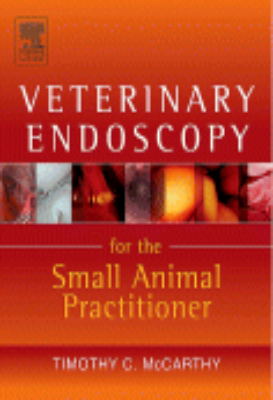E-Resources
Tropical Plant Types
Tropical Plant Types is a textbook dealing with bacteria and flowering plants of the tropics. It can be used along with books in tropical biology. The book first examines the simpler plant types known as unicellular or those consisting of a thallus. These organisms are the algae, fungi, lichens, bacteria, and some viruses. The text then describes the Bryophyta, the Pteridophyta, and the Spermatophyta. Compared to the others, the Spermatophyta or seed plants grow in wider range of territories and are the dominant land flora. The book then discusses the morphology of the Spermatophyta and their successful characteristics of survival. The book also analyzes the different plant parts, such as the root, the stem, the leaf, and the flower. A couple of chapters discuss pollination, fertilization, and the dispersal of seeds and fruits. The book then gives examples of tropical flower types, with some details on their distribution and morphology. The text also discusses perennial flowering plants, vegetation types, and plant communities found in tropical rain forests, in monsoon forests, and in the drier regions of the earth. The selection can serve as a textbook for pupils nearing the completion of their secondary education, freshmen university students, and for those who need to meet the requirements of the Cambridge Overseas Advanced Level Biology Examination.
Tumor Specific Transplantation Antigen
Tumor Specific Transplantation Antigen reviews the theories, methods, and experimental findings in the field of immunobiology of tumors with particular focus on the tumor antigen responsible for transplantation resistance. The monograph presents discussions on the methods of induction of antitumor immunity; methods of detection of antitumor immunity; virus-induced tumors; the characteristics of TSTA; tumor growth and development of immunity; and the theoretical and practical possibilities of the presence of transplantation immunity against tumors in man. Oncologists, cell biologists, immunobiologists, and medical researchers will find the book invaluable.
Variable Plants and Herbivores in Natural and Managed Systems
Variable Plants and Herbivores in Natural and Managed Systems examines individual, population, species, and community responses of herbivores to plant variation, with emphasis on insects, fungi, bacteria, and viruses. It is divided into five parts encompassing 18 chapters that discuss variability as a mechanism of defense used by plants against their parasites and the effects of variability on herbivores at several different levels of complexity. After a brief discussion on plant-herbivore interactions, the first part of this book considers sources of within-plant variation and effects on the distribution and abundance of herbivores. Part II examines interplant variation, the co-evolutionary problems it poses for herbivores, and the ecological and evolutionary responses of these animals. It discusses the effects of host-plant variability on the fitness of sedentary herbivorous insects. Part III discusses the role of host variability in the evolution of feeding specialization, genetic differentiation, and race formation. The importance of host variation to the organization of herbivore communities and the manipulation of host-plant variability for the management of herbivore pest populations are presented in the remaining parts. This book will be helpful to agriculturists, silviculturists, biologists, and researchers who wish to expand their knowledge in dynamics of plant-herbivore relationships.
Vascular Transport in Plants
"Vascular Transport in Plants provides an up-to-date synthesis of new research on the biology of long distance transport processes in plants. It is a valuable resource and reference for researchers and graduate level students in physiology, molecular biology, physiology, ecology, ecological physiology, development, and all applied disciplines related to agriculture, horticulture, forestry and biotechnology. The book considers long-distance transport from the perspective of molecular level processes to whole plant function, allowing readers to integrate information relating to vascular transport across multiple scales. The book is unique in presenting xylem and phloem transport processes in plants together in a comparative style that emphasizes the important interactions between these two parallel transport systems. Key Features. Includes 105 exceptional figures. Discusses xylem and phloem transport in a single volume, highlighting their interactions. Syntheses of structure, function and biology of vascular transport by leading authorities. Poses unsolved questions and stimulates future research. Provides a new conceptual framework for vascular function in plants"
Vectors of Plant Pathogens
Vectors of Plant Pathogens is a collection of papers that discusses the interrelationship of plant pathogens with their vectors. This collection deals with the numerous vector groups associated with plant pathogens. One paper describes the biology, feeding behavior and distribution of aphids, leafhoppers, plant hoppers, mealy bugs, whiteflies, psyllids, membracids. Another paper addresses the virus transmission characteristics of the mealy bugs during preliminary fasting or feeding, acquisition access time, post-acquisition fasting or feeding, and the inoculation access time. Other papers also discuss the involvement of insects in transmitting bacterial and fungal pathogens; the authors list unresolved issues such as the role of insects in overwintering of bacterial pathogens or the association of the fungus with a particular vector. One author describes some suspected fungi transmission such as the pea stem necrosis virus, red clover necrotic mosaic virus, and the tomato bushy stunt virus. Another paper examines the fate of plant viruses in mite vectors and convectors particularly the viruses found in wheat, barley, or brome grass. Agriculturists, botanists, and researchers in the field of botany, conservation, and plant genealogy will find this book useful.
Vegetative Physiology and Biochemistry
The Eye: Volume 1, Vegetative Physiology and Biochemistry is a compendium of papers that describes the physiology of the eye, particularly its gross anatomy and embryology including its intra-ocular fluids, the intra-ocular pressure, the vitreous body, lens, cornea, and sciera. Several papers review the eyeball, the protective apparatus of the eye, the structure of the tissue in relation to the intra-ocular fluids, and the flow of aqueous humor. Several methods can be used to measure the intra-ocular pressure such as the manometric method and the tonometer. Giles (1959) reports that tonometer measurements in the newborn are within the normal adult range. One paper notes that in man, liquefaction of the vitreous body (the clear jelly-like structure which fills the space between retina and lens,) which is caused by dissolution of the fibrous network, is never repaired. This suggests that new fibers are either not formed or are formed in insufficient amounts. Another paper examines the relationship between pressure in the eye vessels and eye tension. Investigators and researches in the fields of physiology, psychology, ophthalmology, and in all branches of ocular physiology will find the compendium very rewarding.
Venomous Animals and Their Venoms: Volume 1
Venomous Animals and their Venoms focuses on the comprehensive presentation of the entire field of the venomous members of the animal kingdom, chemistry and biochemistry of venoms, and pharmacological actions and their antigenic properties. The selection first offers information on the development of knowledge about venoms and the platypus (Ornithorhynchus anatinus) and its venomous characteristics, including biology, venom apparatus, properties of venom, and significance of venom apparatus in Ornithorhynchus. The text then elaborates on the classification, biology, and description of the venom apparatus of insectivores of the genera Solenodon, Neomys, and Blarina and the chemistry and pharmacology of insectivore venoms. The publication takes a look at karyotypes, sex chromosomes, and chromosomal evolution in snakes and coagulant, proteolytic, and hemolytic properties of some snake venoms. Topics include hemolytic property, karyotypes of South American snakes, sex chromosomes, methods for the study of chromosomes of reptiles, and chromosomal evolution. The selection is a vital source of data for readers interested in venomous animals and their venoms.
Venomous Animals and Their Venoms: Volume II 1971
Venomous Animals and Their Venoms, Volume II: Venomous Vertebrates is a collection of papers that describes the chemistry and biochemistry of snake, batrachian, and fish venoms. These papers discuss their pharmacological actions, their antigenic properties, and their medical aspects such as symptomatology and therapy. Papers describe the pharmacology and toxicology of the venoms of Asiatic, Australian, and Melanesian snakes including the cobra, the common Krait, the saw-scaled viper. One paper presents the pathology, symptomatology, treatment of snake bites in Australia, and the use of an antivenin schedule when the type of snake is not known. Some papers tackle the distribution of snakes in North America, and compare the biochemistry of Miliarius barbouri and Sistrurus catenatus which are subspecies of rattlesnakes. Other papers describe the biology and venom of the Arizona Gila monster and of the Mexican Gila monster. The basic substances in toad venom are from bases present in the glands, their secretions or on their skin. In treating stings from venomous fishes, one paper recommends the use of suction to remove the venom or soaking the injured part in hot water. This collection can be helpful for physicians, veterinarians, toxicologists, pharmacologists, chemists, and researchers in animal bites and injuries.
Venomous Animals and Their Venoms: Volume III 1971
Venomous Animals and their Venoms, Volume III: Venomous Invertebrates provides a comprehensive presentation of the entire field of the venomous members of the animal kingdom and chemistry and biochemistry of their venoms, including their pharmacological actions and antigenic properties. This volume focuses on venomous invertebrates, such as insects, centipedes, spiders, scorpions, venomous mollusks, and marine animals. Animals that possess at least one or more venom glands and mechanisms for excretion or extrusion of the venom, as well as apparatus with which to inflict wounds or inject the venomous substances are characterized in this book as actively venomous, while creatures that have venom glands and venom-excreting ducts, but lack adequate apparatus for inflicting wounds or injecting venom, such as toads, frogs, and salamanders are identified as passively venomous. This publication is a valuable reference for physicians and veterinarians seeking information on the injuries caused by venomous animals.
Vertebrate Animal and Related Viruses
Comparative Diagnosis of Viral Diseases, Volume III: Vertebrate Animal and Related Viruses Part ADNA Viruses, is devoted to vertebrate animal and related viruses. This book covers in separate chapters the infections caused by each DNA virus family, including slow viruses diseases, as well as the system of Virus Information of the World Health Organization. It provides a comparative description of the principal physicochemical, molecular, structural, genetic, immunological, and biological characteristics of viruses implicated in various diseases, mainly of veterinary importance. With this new concept of comparative diagnosis, the symptoms and the evolution of the diseases are described in detail, as well as the modern methodology for their rapid and specific diagnosis, control, and prevention. This text will interest all virologists and immunologists working in the area of diagnosis and control of animal virus diseases. In particular, it is addressed to the professionals of veterinary sciences working both in the field and in the laboratory and to students of veterinary schools.
Veterinary Anaesthesia; 2014
An acknowledged classic in its field, Veterinary Anaesthesia 11th edition has undergone a thorough revision to bring you the latest information in a more accessible format than ever before. The book meets the needs of several groups. For students, it provides basic concepts and how to advice on anaesthetizing animals. For veterinarians in practice or those working with laboratory animals its an excellent reference that draws on both the considerable experience of the authors and on published scientific data. Those wishing to specialize in veterinary anaesthesia will find it a stimulating introduction to the subject. This revision has been expanded to incorporate evidence-based information, additional chapters on advances in analgesia, anaesthesia of small mammals, fish and wildlife, and updated information on cardiopulmonary cerebral resuscitation (CPCR). The wide range of species covered and the clear descriptions of basic principles, techniques and equipment, coupled with an extensive literature review, make Veterinary Anaesthesia 11th edition your essential companion whether in classroom or in clinic.'The before, during, after, how and why of every anaesthesia is clearly explained in this thorough "anaesthesia" bible ... No doubt this will be a reference throughout your professional career, whatever path you follow'. Reviewed by: Fabienne Dethioux , Tomorrow's Vets Date: December 2014 "The layout is attractive and easy to use, and the book covers both general principles and practical advice. It should be on the shelves of every veterinary practice and in every students library." Reviewed by: Polly Taylor. Date: July 2014
Veterinary Anaesthesia: 2001
New edition of this essential text covering anaesthesia and analgesia in all large and small animal species. The new edition has been extensively revised and contains greatly expanded sections on anaesthesia of exotic species such as small mammals, llamas, camels and also a new section on anaesthesia of wild animals, both large and small, and birds.The book is divided into 3 sections: Section 1. Principles and Procedures - covers pharmacology and pharmacokinetics, monitoring, sedation, premedication and much more; Section 2. Anaesthesia of the Species- comprises chapters on anaesthesia in all the main species; Section 3. Special Anaesthesia - covers anaesthesia in special cases, complications and crises!Almost 200 prints and line illustrations enhance the comprehensive text, and make the new edition of Veterinary Anaesthesia 10/e an essential purchase for all vets!
Veterinary Anesthesia and Pain Management Secrets
The highly popular Secrets Series presents an important new resource for veterinarians in this comprehensive, yet focused, coverage of one of the most important and fastest-emerging specialties in veterinary medicine. Among the topics covered are Patient Management, Preparation, Pharmacology, Monitoring, Anesthetic Complications, Anesthesia and Systemic Disease, Special Anesthetic Considerations, Regional Anesthesia, and Pain Management for Small Animals.
Veterinary Clinical Pathology Secrets
Part of the popular SECRETS SERIES, this all-new text provides essential, practical information for reviewing pathology commonly encountered in clinical situations. Organized by disorder type, it features numerous photos, a popular question-and-answer format, and a detailed index that makes it easy to find information quickly. In more than 50 chapters, expert contributors propose key questions and provide authoritative answers addressing the situations that confront small animal veterinarians every day.
Veterinary Dental Techniques for the Small Animal Practitioner
"The third edition of Veterinary Dental Techniques continues to serve as an easy-to-use, practical guide to dental techniques and materials for the small animal practitioner. Covers a wide range of topics including examination and charting, routine and advanced periodontal care, endodontic treatment, orthodontics, dental anesthesia, and ergonomics. Key Features. Presents a complete and practical approach to dental examination and charting, routine and advanced periodontal care, endodontic treatment, restorative dentistry, orthodontics, fracture fixation, anesthesia and analgesia. Features step-by-step instructions with clear illustrations for successfully planning and treating a wide spectrum of dental procedures. All chapters have been completely revised and updated with the most current information. Includes helpful home-care and post-operative instructions for clients. Consistently formatted chapters include general comments, indications, contraindications, and advantages and disadvantages for all techniques and dental materials. Offers guidelines for starting or expanding a dental department for your practice. Contains an in-depth discussion of the wide range of equipment and instruments that will allow you to provide the highest standard of dental care for your patients. Provides recommendations for the care and maintenance of your dental operatory. Includes a completely updated appendix of manufacturers and sources of dental materials. New chapter on maxillofacial fractures. New chapter on regional and local anesthesia. Completely updated list of manufacturers and sources of dental materials. Expanded coverage of general health safety and ergonomics in the veterinary dental workplace"
Veterinary Dentistry for the General Practitioner: 2004
Everything the veterinary practitioner needs to know about commonly-presenting small animal dental disease. This is a practical manual on the most commonly-presenting problems encountered in small animal practice with how-to-do it techniques and practical tips from a world authority on small animal dentistry.
Veterinary Dentistry for the General Practitioner: 2013
The new edition of Veterinary Dentistry for the General Practitioner has been thoroughly revised and updated to ensure it continues to meet the needs of todays veterinarians and veterinary students. The book offers all the theoretical knowledge and practical help any general practitioner needs in order to practise good dentistry, providing comprehensive and detailed knowledge of how to diagnose, prevent and treat common oral conditions in the dog and cat. It also presents information as to diagnosis and initial management of less common diseases, where the ultimate treatment will generally be performed by a specialist but the general practitioner needs to be able to identify a problem and have a basic understanding of the pathophysiology of the tissues involved. Dental conditions of lagomorphs and rodents are also covered. In its new second edition Veterinary Dentistry for the General Practitioner remains the complete resource for the general veterinarian and unique in its detailed focus on common dental conditions.
Veterinary Diagnostic Imaging: Birds, Exotic Pets and Wildlife
With a focus on birds, reptiles, and mammals, Veterinary Diagnostic Imaging: Avian and Exotic Pets discusses veterinary diagnostic imaging and new technologies for multiple modalities to help you accurately diagnose and pinpoint common injuries and disease. Divided into three sections Birds, Mammals, and Reptiles each section includes valuable information on positioning for specific structures, imaging findings, and more for each species with a wealth of photographs to provide real-life examples.
Veterinary Diagnostic Imaging: The Dog and Cat
This book is the first of three volumes in the Veterinary Diagnostic Imaging series, focusing on veterinary diagnostic imaging and the new technologies available to help diagnose and pinpoint disease in dogs and cats. More than a textbook, this resource is designed to be a valuable tool for self-directed learning. Its consistent organization and well-referenced, extremely thorough text takes the reader through normal anatomy and positioning, followed by imaging for specific structures. General observations and specific problems are discussed including trauma/fracture, infection, and neoplasm. In addition to its focus on radiology, discussions of supplementary imaging are presented where appropriate. Additional imaging includes ultrasound, CT, and MRI.
Veterinary Diagnostic Imaging: The Horse
Focusing on the horse, this practical text is the second in a series of three to focus on veterinary diagnostic imaging and the new technologies available to help diagnose and pinpoint disease. Like Veterinary Diagnostic Imaging: The Dog and Cat, Veterinary Diagnostic Imaging: The Horse is organized by region with specific structures addressed within each region. Coverage includes background information, normal anatomy, and positioning for specific structures, followed by imaging findings and specific problems such as trauma/fracture, infection and neoplasm. The main focus of this book is radiology, with supplementary information on ultrasound, CT, and MRI.
Veterinary Emergency Medicine Secrets
The fact that all veterinarians see emergencies on a regular basis, and the increasing importance of emergency medicine and critical care in veterinary medicine, have helped make this one of the best-selling books in The Secrets Series and in veterinary medicine and critical care. Dr. Wingfield is one of the preeminent authorities in this field, and the new edition is completely revised and updated, featuring a number of new authors, with new chapters on disaster medicine and the transfusion trigger. Critical care management of dogs and cats are also covered.
Veterinary Endoscopy for the Small Animal Practitioner
"Written by the foremost experts in veterinary endoscopy, this informative, practical guide to endoscopic imaging contains the latest information on indications, instrumentation, patient preparation and techniques. It offers valuable information on endoscopic equipment and guidelines for both beginning and advanced techniques. Coverage focuses on important areas such as rhinoscopy, bronchoscopy, thoracoscopy, cystoscopy, lower GI, upper GI, and more. Key Features. More than 600 full-color photographs and technique drawings illustrate how to correctly perform endoscopic procedures and recognize normal and abnormal appearance. Introductory chapters provide an overview of effective endoscopy practice, including instrumentation options, anesthetic considerations, and biopsy handling. Detailed, extensively illustrated chapters cover endoscopic examination and surgery techniques for each anatomical region. Discusses future developments in the field as endoscopes become standard equipment in everyday small animal practice. Features the most complete overview of rigid endoscopy, an increasingly popular option that offers lower costs, reduced maintenance requirements over flexible endoscopy, and the rigidity needed to perform surgical procedures. Offers practical surgical interventions designed to help minimize trauma and meet the increasing demand for minimally invasive surgical techniques. Provides detailed coverage of endoscopic instruments including product recommendations that will save practitioners time, money, and frustration. Presents new and innovative techniques for using flexible and rigid endoscopes, enabling practitioners to get more use out of the equipment and offer clients a wider range of services. Includes practical guidance on the use of more than 30 different types of endoscopes"

